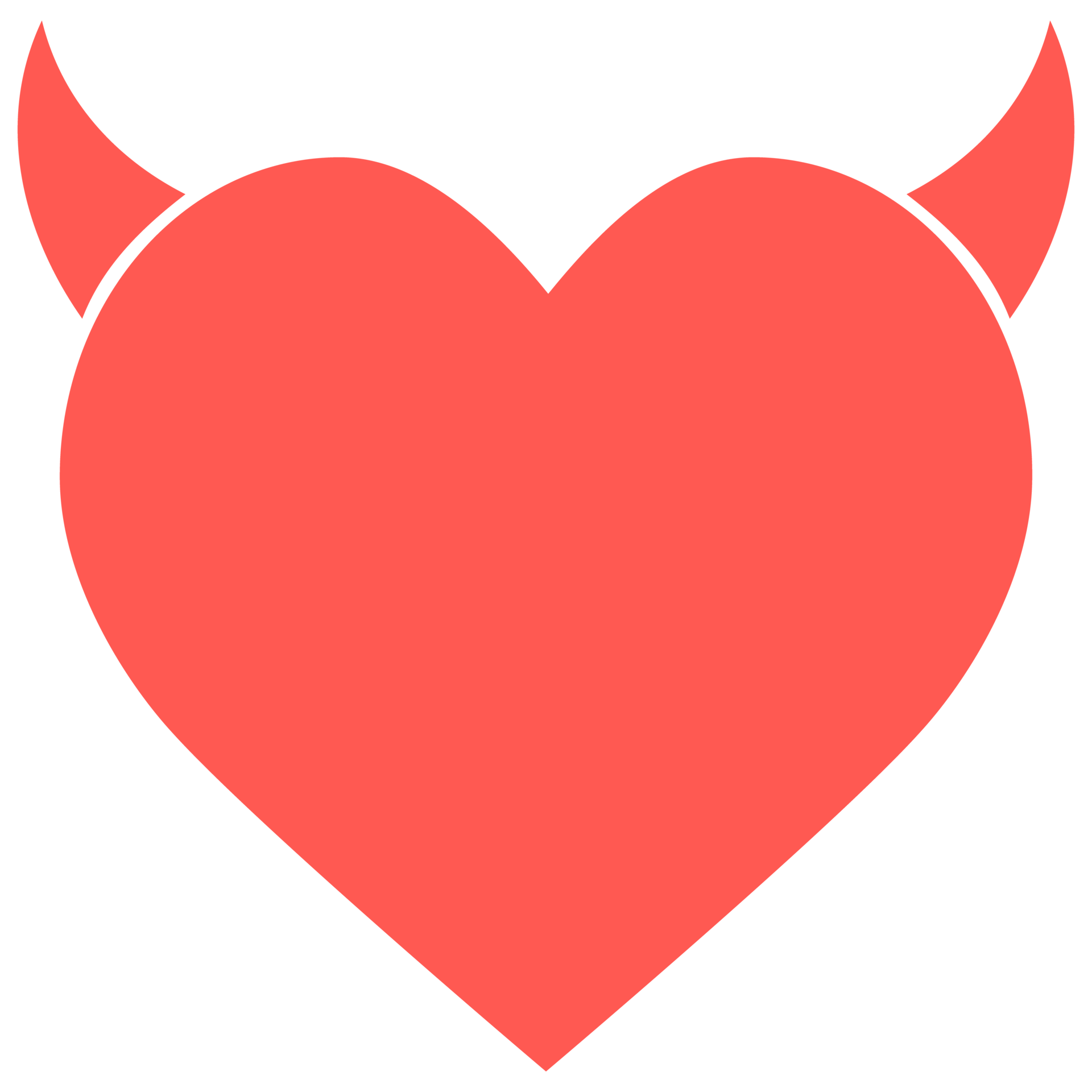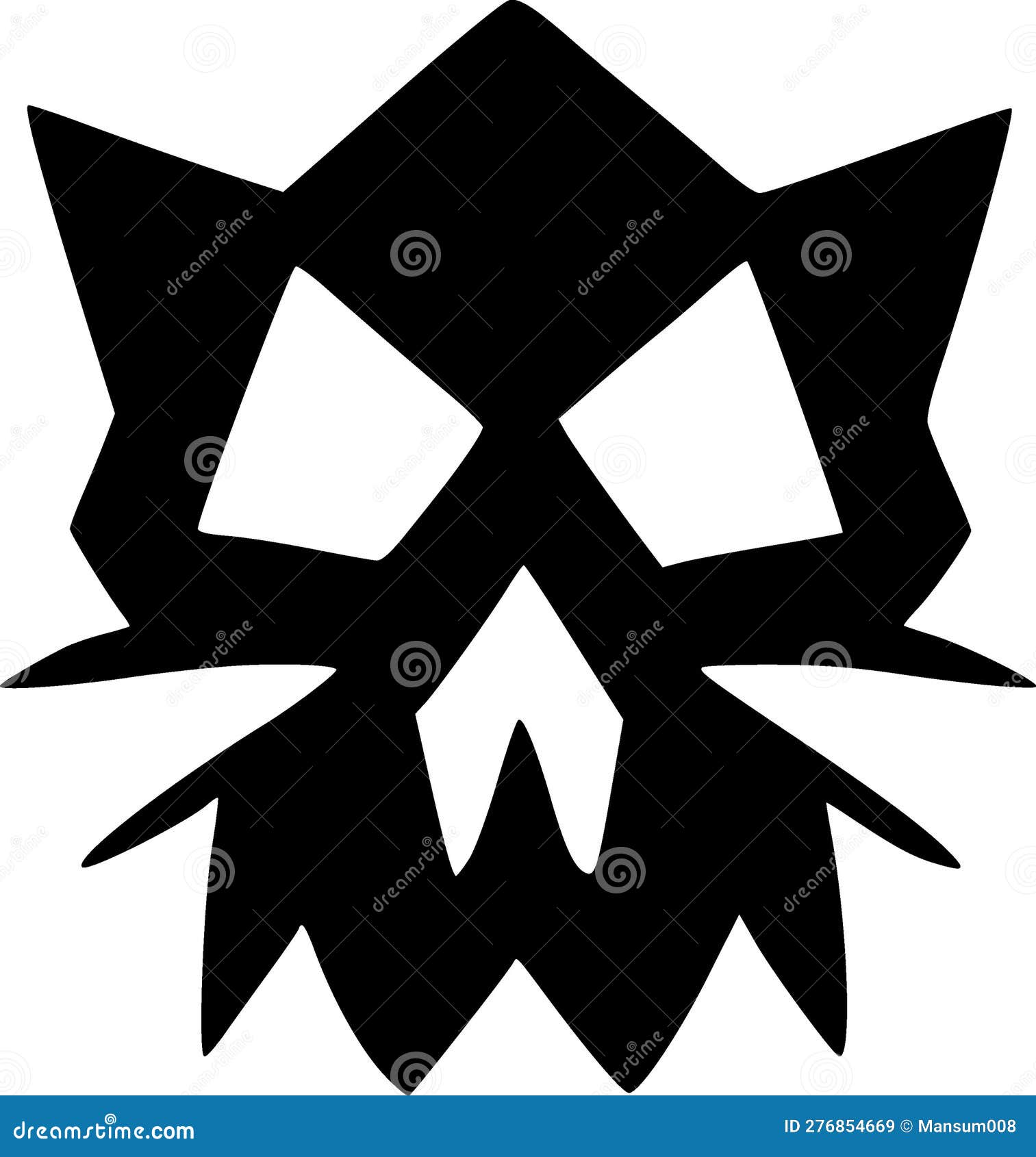Unveiling The Dark Side: The Rise Of The Evil Icon In Modern Culture
Let's dive into the fascinating world of evil icons and uncover what makes them so captivating. From ancient mythology to modern pop culture, these dark symbols have been around for centuries. But what exactly is an evil icon, and why do they continue to fascinate us? Get ready to explore the mysterious realm of these shadowy figures and discover their impact on our world today.
Picture this: you're scrolling through social media, and suddenly an image catches your eye. It's dark, mysterious, and undeniably cool. That, my friend, is the power of an evil icon. These symbols have evolved over time, taking on various forms and meanings. But one thing remains constant – their ability to evoke strong emotions and spark curiosity.
Now, you might be wondering why we're so drawn to these dark symbols. Is it the thrill of the unknown? The allure of danger? Or maybe it's something deeper, something that taps into our primal instincts. Whatever the reason, one thing's for sure – evil icons aren't going anywhere anytime soon. So, let's buckle up and explore this intriguing world together.
- Who Is The Actor That Plays Christian Grey A Comprehensive Look Into His Life Career And Impact
- Battle Of Brands The Ultimate Showdown In The Marketplace
What Exactly is an Evil Icon?
At its core, an evil icon represents something dark, malevolent, or sinister. Think of characters like Darth Vader, Satan, or even iconic symbols like the inverted pentagram. These figures and symbols have been woven into the fabric of our culture, influencing everything from fashion to music to film. But what makes an evil icon, well, evil?
It's not just about looking scary or having a menacing presence. True evil icons possess a certain aura that commands attention. They often embody qualities like power, rebellion, and mystery. And let's not forget – they're downright cool. That's why they continue to captivate audiences across the globe.
Historical Roots: Where It All Began
Believe it or not, evil icons have been around for thousands of years. Ancient civilizations like the Egyptians, Greeks, and Romans all had their own versions of dark symbols and figures. Take the Egyptian god Set, for example. He was the god of chaos and storms, often depicted with a fearsome animal head. Or how about the Greek mythological figure of Hades, ruler of the underworld? These early evil icons laid the groundwork for the ones we know today.
- Scandals The Juicy Side Of Life That Keeps Us Talking
- Bobbi Althon The Rising Star Whos Taking The World By Storm
The Evolution of Evil: From Myth to Modernity
As societies evolved, so did the portrayal of evil icons. The medieval period brought us tales of witches, demons, and monsters. These stories were often used to explain the unexplainable and to instill fear in the hearts of the masses. Fast forward to the 20th century, and we see the rise of horror movies and comic book villains. Characters like Freddy Krueger and the Joker became household names, cementing their place in popular culture.
Why Are We So Obsessed with Evil Icons?
Let's be real – we love a good villain. There's just something about their complexity and unpredictability that keeps us hooked. But there's more to it than just entertainment. Some psychologists believe that our fascination with evil icons stems from a deep-seated need to confront our own fears and anxieties. By exploring the dark side, we gain a better understanding of ourselves and the world around us.
Psychological Insights: What's Driving Our Attraction?
- Curiosity: Humans are naturally curious creatures, and evil icons tap into our desire to explore the unknown.
- Rebellion: There's something inherently rebellious about embracing the dark side, which appeals to our inner desire for freedom.
- Empowerment: By confronting evil, we feel stronger and more capable of overcoming our own challenges.
The Role of Evil Icons in Pop Culture
From heavy metal music to gothic fashion, evil icons have left an indelible mark on modern culture. They've inspired countless artists, writers, and filmmakers to create works that challenge societal norms and push creative boundaries. And let's not forget the impact they've had on the entertainment industry. Blockbuster films like "The Dark Knight" and "The Exorcist" wouldn't be the same without their iconic villains.
Music and Fashion: A Match Made in Darkness
The world of music has been particularly influenced by evil icons. Bands like Black Sabbath and Metallica have built their entire careers around themes of darkness and rebellion. Meanwhile, the fashion industry has embraced gothic aesthetics, incorporating elements like black leather, spikes, and devil horns into their designs. It's a testament to the enduring appeal of these dark symbols.
Breaking Down the Symbolism
Every evil icon carries its own unique set of symbols and meanings. Take the inverted pentagram, for example. In some cultures, it represents Satanism and witchcraft. In others, it's seen as a symbol of rebellion against traditional values. The same can be said for other dark symbols like the ouroboros, the all-seeing eye, and the black sun. Each one tells a story, offering a glimpse into the complexities of human nature.
Unraveling the Mysteries: What Do These Symbols Really Mean?
- Inverted Pentagram: Often associated with Satanism, but can also symbolize personal empowerment.
- Ouroboros: Represents the cycle of life, death, and rebirth.
- All-Seeing Eye: Symbolizes divine providence and omniscience.
The Dark Side of Technology: Digital Evil Icons
With the rise of the digital age, evil icons have taken on new forms. Think of malware, cybercriminals, and even fictional AI villains like Skynet. These digital representations of evil have become increasingly prevalent in our daily lives, raising important questions about privacy, security, and the future of technology. But can they truly be considered evil icons in the traditional sense?
Real-World Implications: The Impact of Digital Evil
The short answer is yes. Just like their ancient counterparts, digital evil icons evoke fear and uncertainty. They remind us of the potential dangers lurking in the virtual world and the importance of staying vigilant. As technology continues to evolve, so too will the portrayal of evil in this realm.
Evil Icons in Literature
Literature has long been a breeding ground for evil icons. From Shakespeare's Iago to Tolkien's Sauron, these characters have captivated readers for generations. But what makes them so memorable? It's their ability to embody the complexities of human nature while remaining larger-than-life figures. Through their actions and motivations, we gain insight into the darker aspects of ourselves.
Classic Examples: The Best of the Best
- Iago from "Othello": A master manipulator who drives the plot through his cunning schemes.
- Sauron from "The Lord of the Rings": A dark lord whose sole purpose is to dominate Middle-earth.
- Voldemort from "Harry Potter": A powerful sorcerer whose quest for immortality leads to chaos and destruction.
The Future of Evil Icons
As society continues to change, so will the portrayal of evil icons. Emerging trends like climate change, artificial intelligence, and genetic engineering are already influencing the way we perceive evil. Will future evil icons take on a more technological or environmental focus? Only time will tell, but one thing's for sure – they'll continue to captivate and inspire us.
Predictions: What Lies Ahead?
Experts predict that the next generation of evil icons will reflect the challenges and fears of our time. Think eco-terrorists, rogue AI, and bio-engineered monsters. These new archetypes will push the boundaries of storytelling and challenge our understanding of good and evil. It's an exciting time to be a fan of dark symbolism!
Conclusion: Embracing the Dark Side
So there you have it – a deep dive into the world of evil icons. From their ancient roots to their modern-day manifestations, these dark symbols continue to fascinate and inspire us. But why stop here? Take a moment to reflect on your own relationship with evil icons. Do they evoke fear, curiosity, or empowerment in you? Share your thoughts in the comments below, and don't forget to check out our other articles for more intriguing content.
Table of Contents:
- What Exactly is an Evil Icon?
- Historical Roots: Where It All Began
- The Evolution of Evil: From Myth to Modernity
- Why Are We So Obsessed with Evil Icons?
- Psychological Insights: What's Driving Our Attraction?
- The Role of Evil Icons in Pop Culture
- Music and Fashion: A Match Made in Darkness
- Breaking Down the Symbolism
- Unraveling the Mysteries: What Do These Symbols Really Mean?
- The Dark Side of Technology: Digital Evil Icons
- Real-World Implications: The Impact of Digital Evil
- Evil Icons in Literature
- Classic Examples: The Best of the Best
- The Future of Evil Icons
- Predictions: What Lies Ahead?



Detail Author:
- Name : Jeffrey Schulist I
- Username : bonita32
- Email : maggio.madie@yahoo.com
- Birthdate : 1979-01-25
- Address : 43001 Haley Stream Lake Raeburgh, NH 35243-3843
- Phone : 989-687-8139
- Company : Ryan and Sons
- Job : Furniture Finisher
- Bio : Necessitatibus iusto nesciunt vel aut at. Ut qui eum sint consequatur in minus tempore. Nihil aliquam quisquam molestiae dolores voluptas non. Ut ut est veritatis voluptas suscipit doloribus beatae.
Socials
linkedin:
- url : https://linkedin.com/in/domenick_id
- username : domenick_id
- bio : Rerum dicta eum eligendi voluptas eveniet vel.
- followers : 6652
- following : 2540
instagram:
- url : https://instagram.com/dlittel
- username : dlittel
- bio : Eligendi quia consequatur et sunt. Corrupti illum soluta maxime quod.
- followers : 2711
- following : 152
facebook:
- url : https://facebook.com/domenick.littel
- username : domenick.littel
- bio : Et minus similique dolorem quidem corrupti placeat tempore.
- followers : 2417
- following : 760
twitter:
- url : https://twitter.com/domenick3073
- username : domenick3073
- bio : Alias debitis quia autem ut aut. Vel animi in voluptatem ipsam ut illo nostrum. Odit sed aut recusandae.
- followers : 550
- following : 2324